By Jonathan Morris, Antiscribe.com
When I went to see Sherlock Holmes: A Game of Shadows at my local theater recently I found myself quite irritated as I gazed up at the theater marquis, which advertised the film as “Homes 2.” Come now, I thought, I know not everyone is a Sherlock Holmes fan like me, but certainly the character is mainstream enough that even the teenage part-timers working at this theater would know the correct spelling of his name. As I walked out of the theater about two hours later, I looked at the marquis again, and I found that now the spelling error bothered me much, much less. Whoever this “Homes” guy was, if he wanted this movie, he could have it.
Sadly, though, Sherlock Holmes: A Game of Shadows is technically now and forever a Sherlock Holmes movie: the generically subtitled sequel to Warner Brothers’ initial, game attempt to make a viable mainstream film franchise out of one of popular culture’s most enduring creations. For the record, I enjoyed the first film two years ago despite some initial consternation, because besides being enjoyable, if not especially great, it remained tethered to most of what Sherlock Holmes was fundamentally about. It may have had chase scenes, fight scenes, explosions, and computer generated effects, but in the end it was still about the master detective, with all of his unique personality quirks and with his friend and ally Dr. Watson in tow, figuring out a complex and inexplicable mystery (if one that had significantly more at stake than the manor house murders that were the literary Holmes’s part and parcel). Granted, there was never any doubt whodunit (it was a villainous Mark Strong, in fine glower), but how he-done-it was nevertheless intriguing enough to string the action along. Now, on the other hand, with Game of Shadows, this burgeoning series has completely untethered itself from the identity of Sherlock Holmes, instead turning their version of the character into a kind of bizarre, steampunk James Bond. And rather literally, at that. Continue reading ““Sherlock Holmes: A Game of Shadows” – The Antiscribe Appraisal”

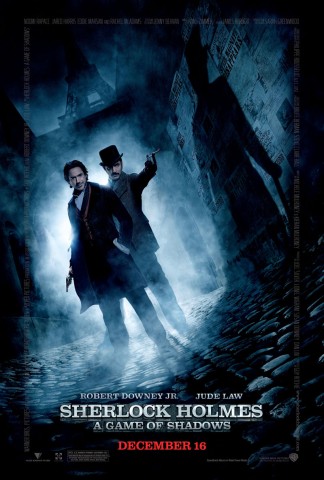

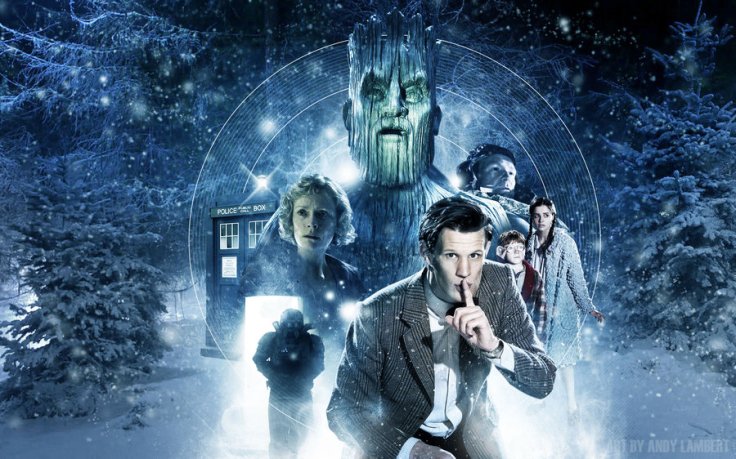

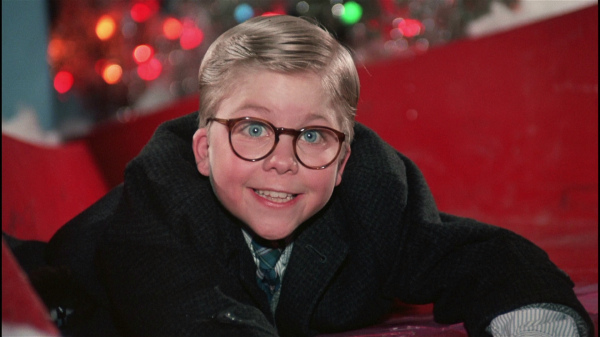

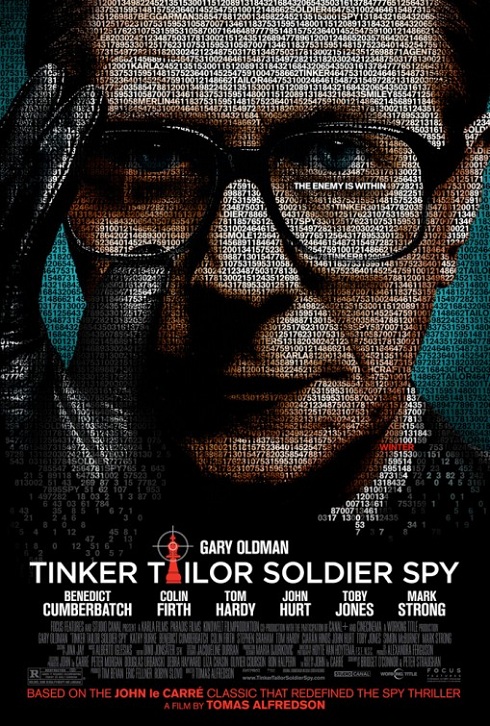
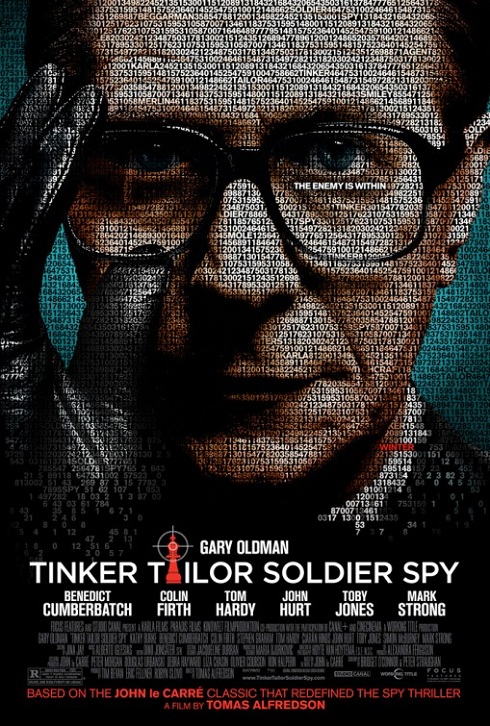
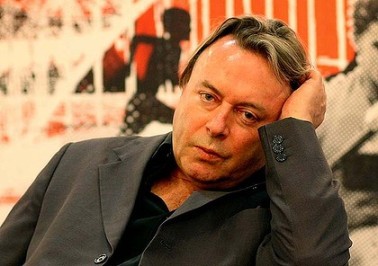
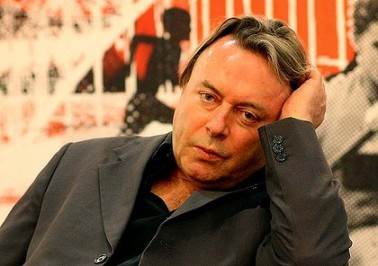

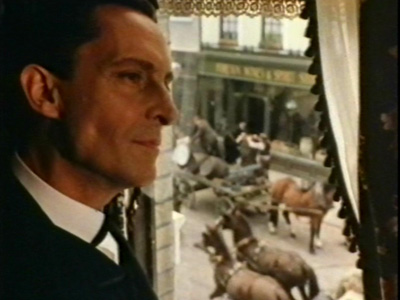
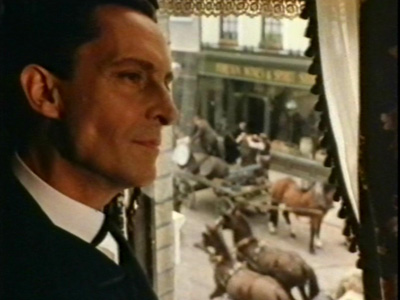
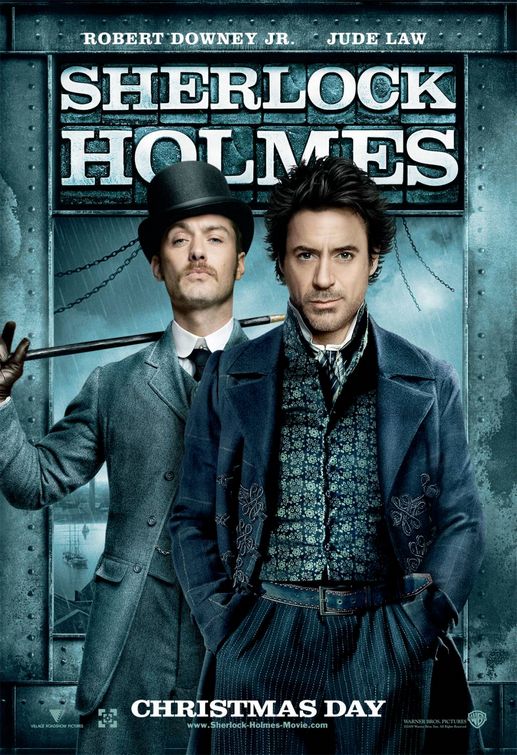
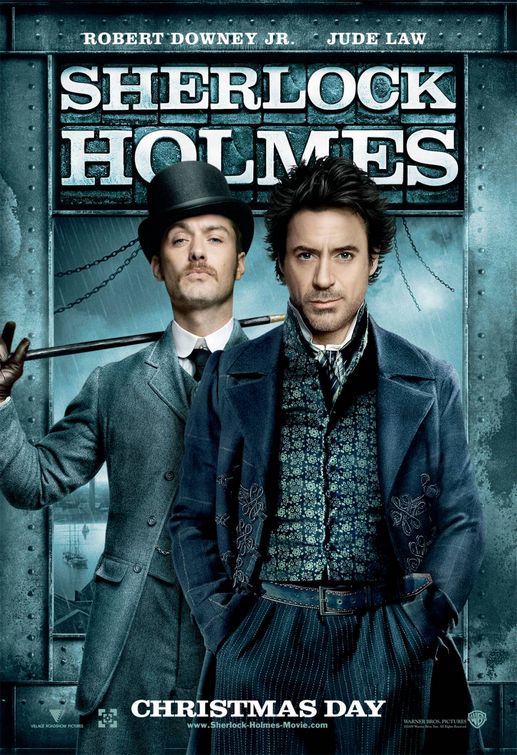















You must be logged in to post a comment.